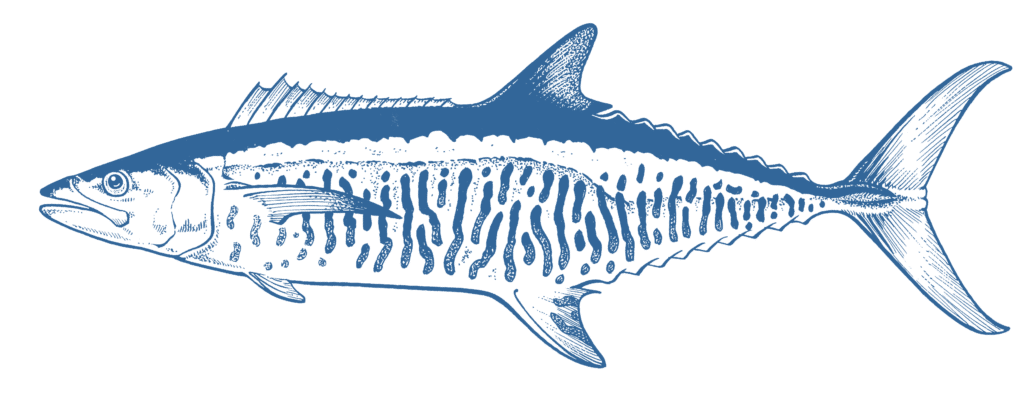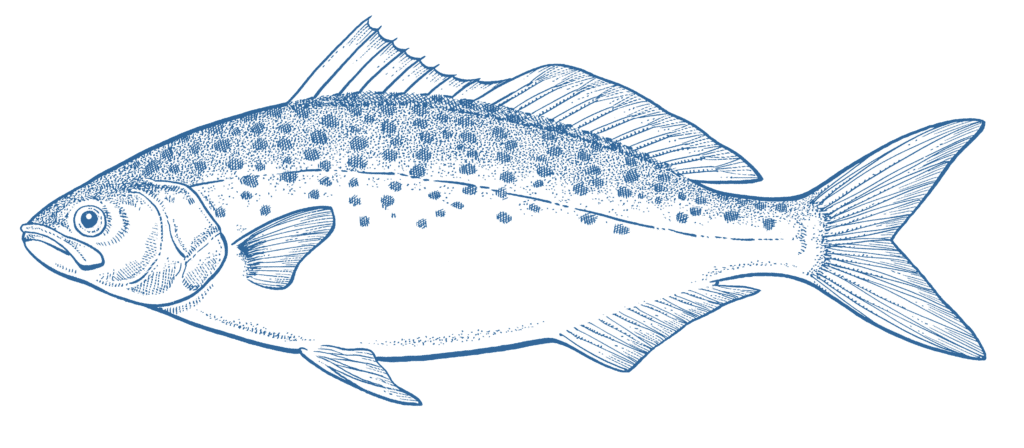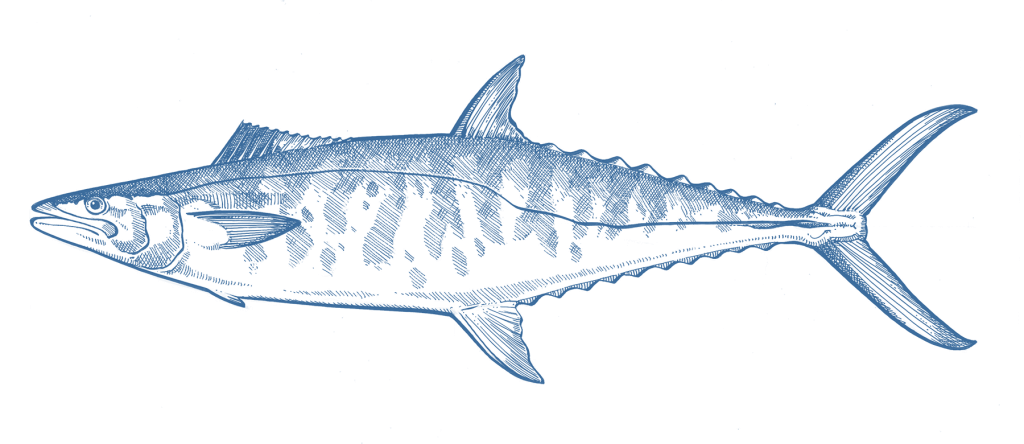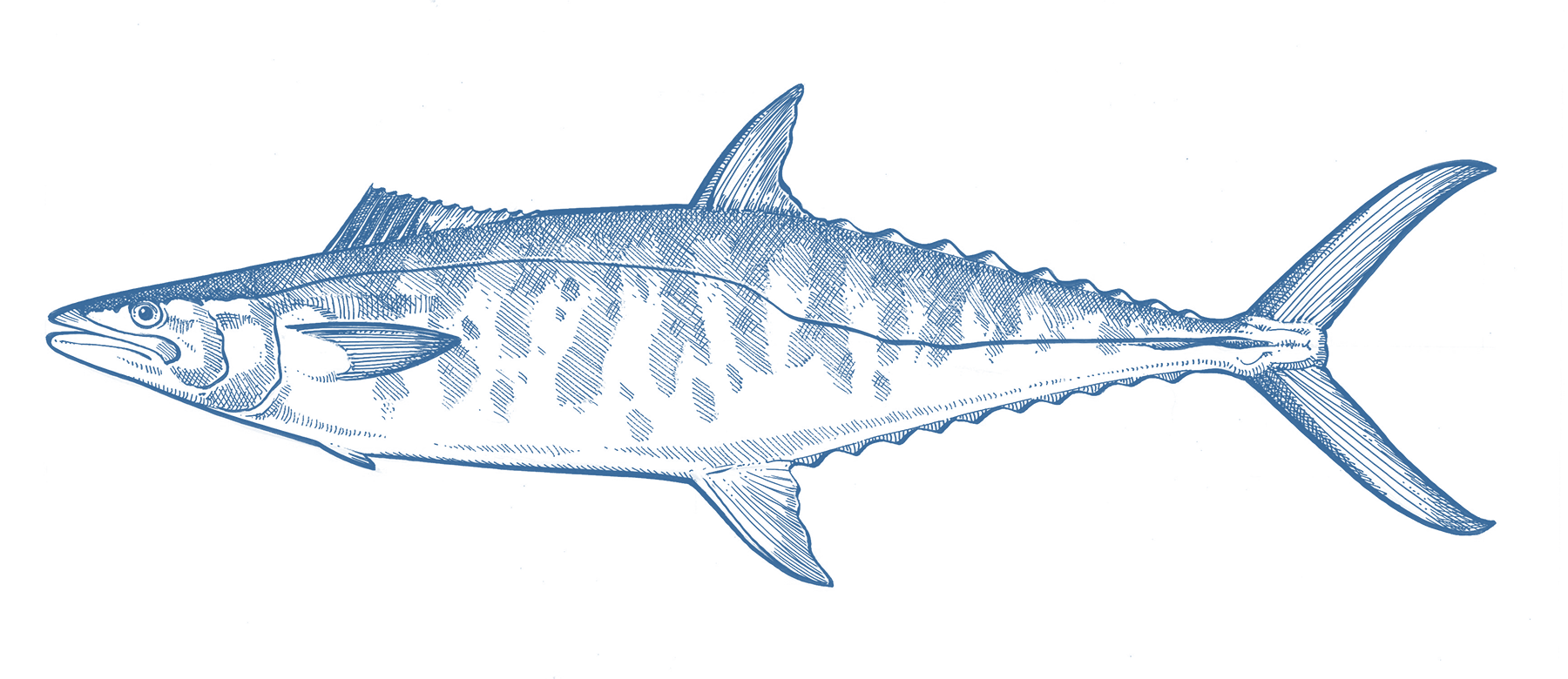
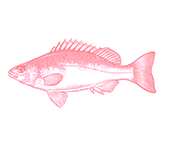
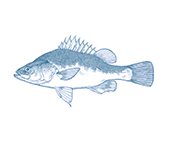


- Say No
Wild Caught
Region:
NT, QLD
- Grey Mackerel are caught in commercial gillnet fisheries in coastal waters, in QLD and NT waters.
- Grey mackerel is caught in fisheries that target a range of sharks, including high-risk species such as scalloped hammerhead sharks. Increasing catches of shark in the NT grey mackerel fishery is also concerning as shark biology makes them particularly vulnerable to fishing activity.
- QLD and NT grey mackerel stocks appear healthy.
- The fishery observer program in QLD was cancelled in 2012, meaning there is no independent record of the impact of the fishery on threatened species. Observation of the fishery is considered essential to the management of a sustainable fishery.
- There are concerns about the quality of management of these fisheries, including how shark catches are monitored and levels of observer coverage.
- QLD East Coast Inshore Fishery and Gulf of Carpentaria Inshore Fishery (911t in 2021)
- NT Offshore Net and Line Fishery (460t in 2020/21)
Grey mackerel is a fast-growing pelagic species found throughout tropical northern Australia (as far south as Northern NSW) and Papua New Guinean waters. Commercial fisheries operate in QLD and NT waters.
Grey mackerel is caught mainly using gillnets suspended from the ocean surface in two Queensland-managed fisheries operating off the eastern and Gulf coasts.
A scientific assessment provides evidence that the Grey mackerel population is healthy in QLD and the NT.
In both QLD fisheries a number of threatened species are caught as bycatch, including green, loggerhead, flatback and leatherback turtles, inshore dolphins, dugongs, sawfish and a number of shark species, including hammerhead sharks. Even low levels of snubfin and humpback dolphin deaths will have a significant impact on their populations in QLD, and it is highly likely that fishing activity is resulting in the decline of populations in some areas.
The NT fishery that catches grey mackerel also targets a number of shark species, such as blacktip, spot-tailed and scalloped hammerhead shark. The NT fishery has recorded increasing catches of shark in recent years. The lack of knowledge about shark abundances combined with increasing fishing pressure is particularly concerning as shark species are generally long-lived, are slow to mature and produce few young; this means shark populations are highly vulnerable to population depletions as a result of fishing activity. Sharks are also apex predators that are essential to the maintenance of healthy marine food webs.
Fisheries managers in QLD have also reported inconsistencies between fisheries logbook records and information from independent observers, including differences between the number, rate and type of protected species interactions. There is a high probability that protected species bycatch is higher than reported.
Sectors of both fisheries also target some shark species, despite a lack of information on their stock status. There is limited information on much of the basic biology of many of the targeted species, e.g. their age at maturity, frequency of reproduction and number of young. This lack of knowledge is particularly concerning as shark species are generally long-lived, slow to mature and produce few young, making them highly vulnerable to population depletion as a result of fishing activity. Sharks are also apex predators that are essential to maintaining healthy marine food webs.
Independent fishery observer programs are an important method of verifying protected species interactions. Unfortunately the QLD Government closed the observer program for all QLD managed fisheries in 2012. Since that time there remains no independent on-vessel monitoring of the fishery’s impact, which is unacceptable for fisheries operating in the ecologically sensitive regions of the Great Barrier Reef and the Gulf of Carpentaria. In addition, for fisheries that interact with threatened species, there is no record of actual protected species interactions over time, the ecological impacts of the fishery cannot be measured or managed but these these fisheries are considered to pose a high risk to a range of threatened and vulnerable species.
While significant and laudable management reforms have been implemented in the east coast fishery; there has been insufficient action at time of writing to deliver improved environmental outcomes, particularly for threatened and protected species. Rankings in this fishery may be expected to improve in future. The Gulf of Carpentaria coast fishery continues to feature rudimentary and retrograde management arrangements and poses a significant threat to both target and bycatch species.



